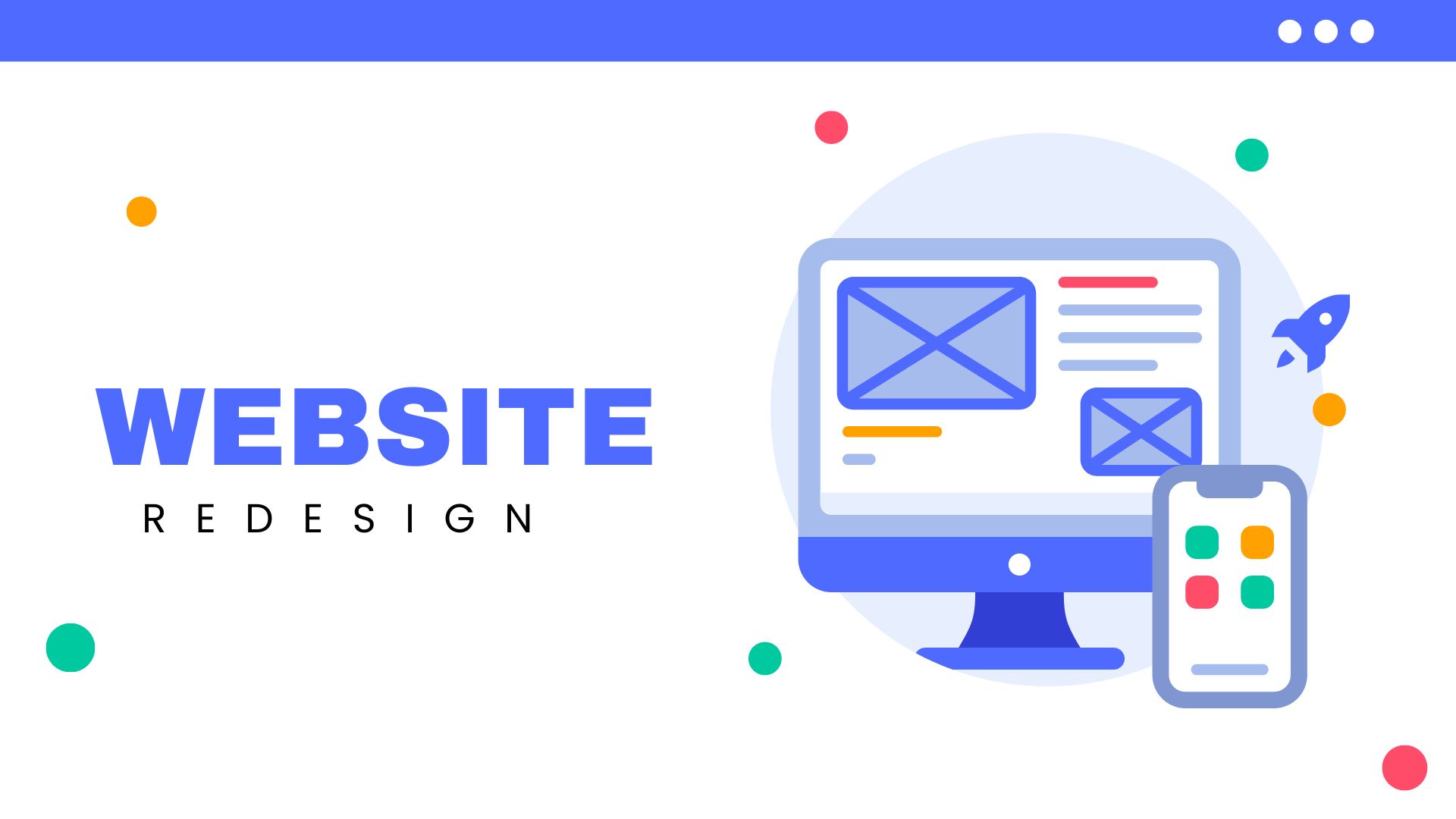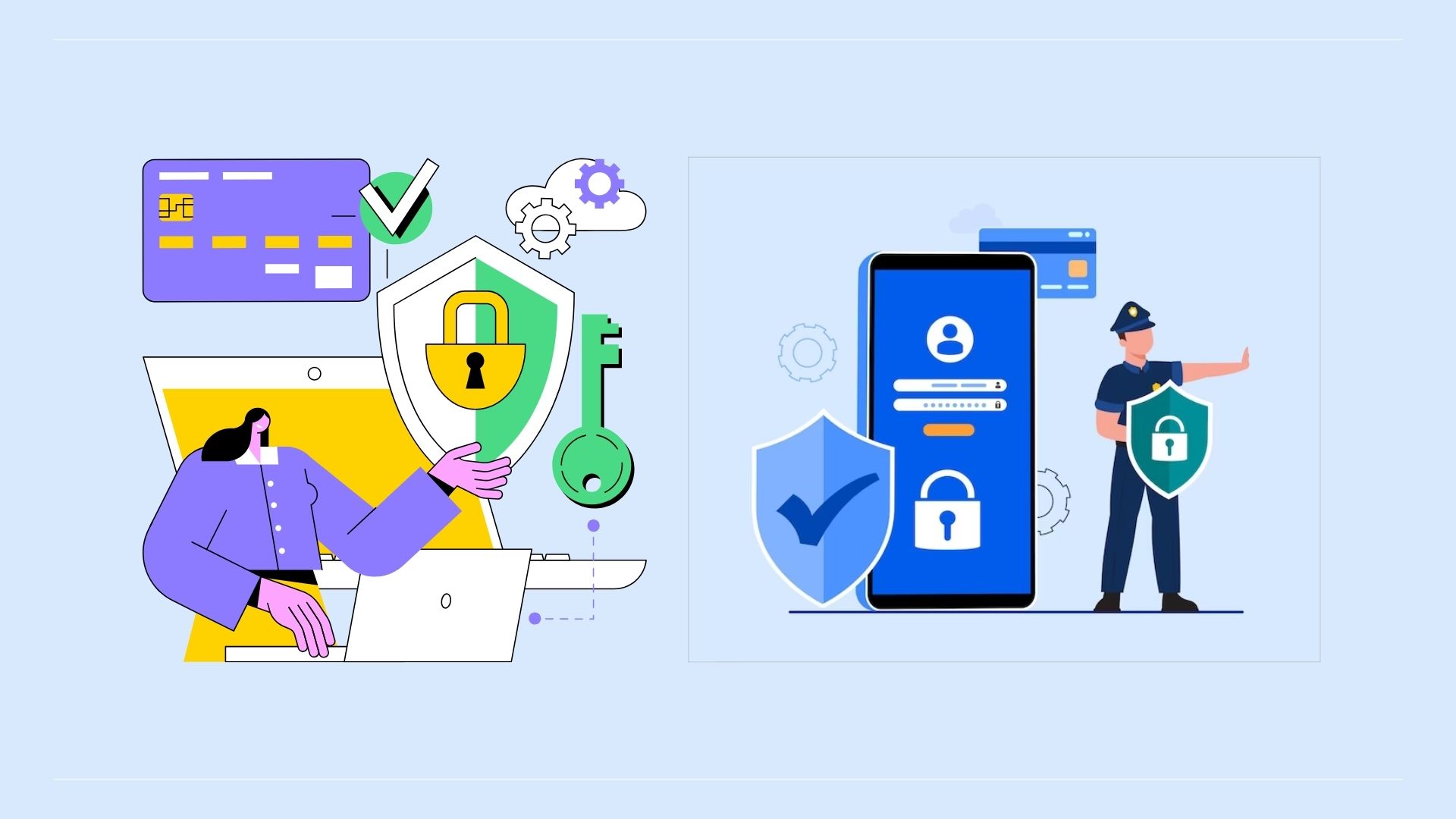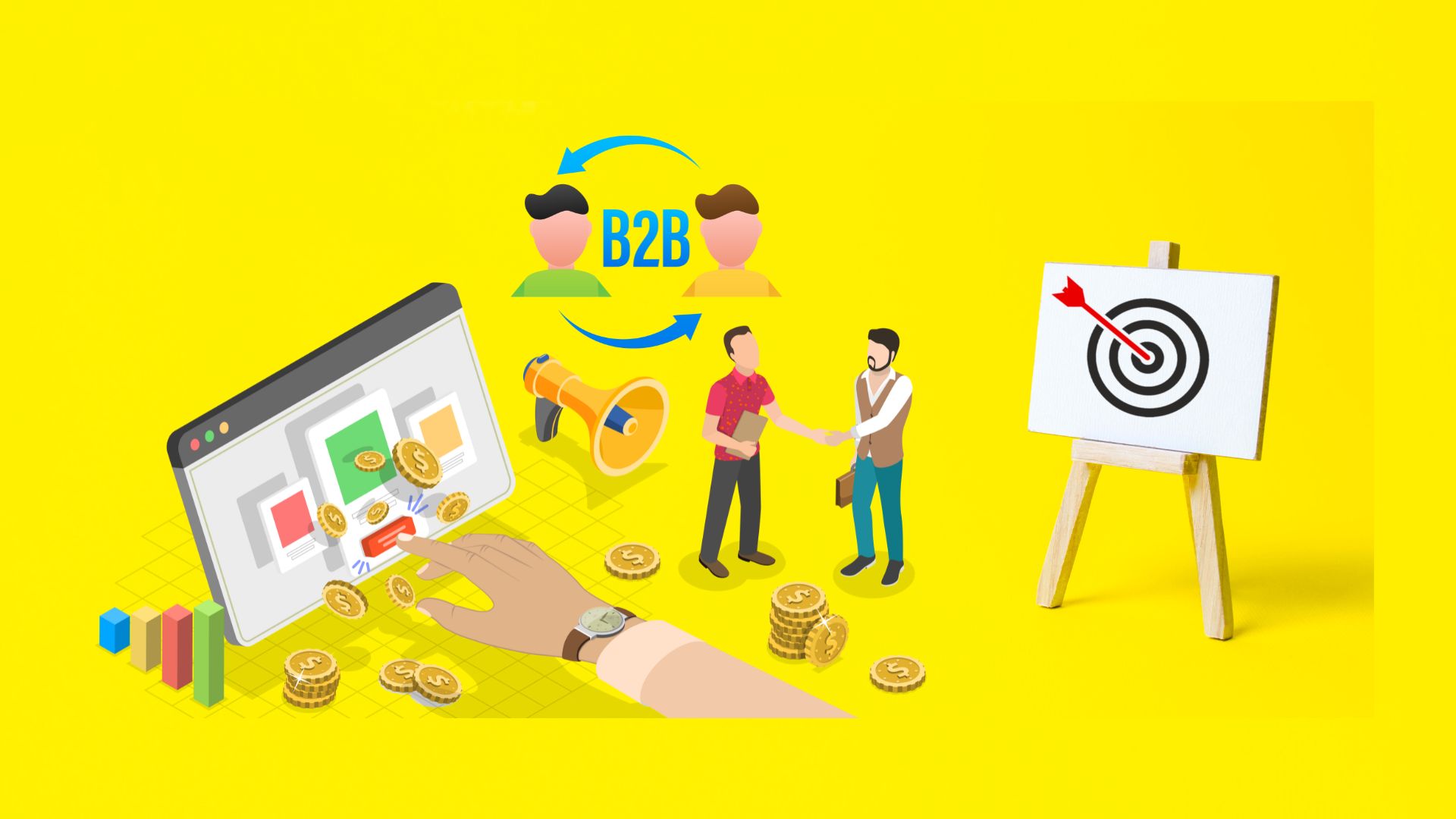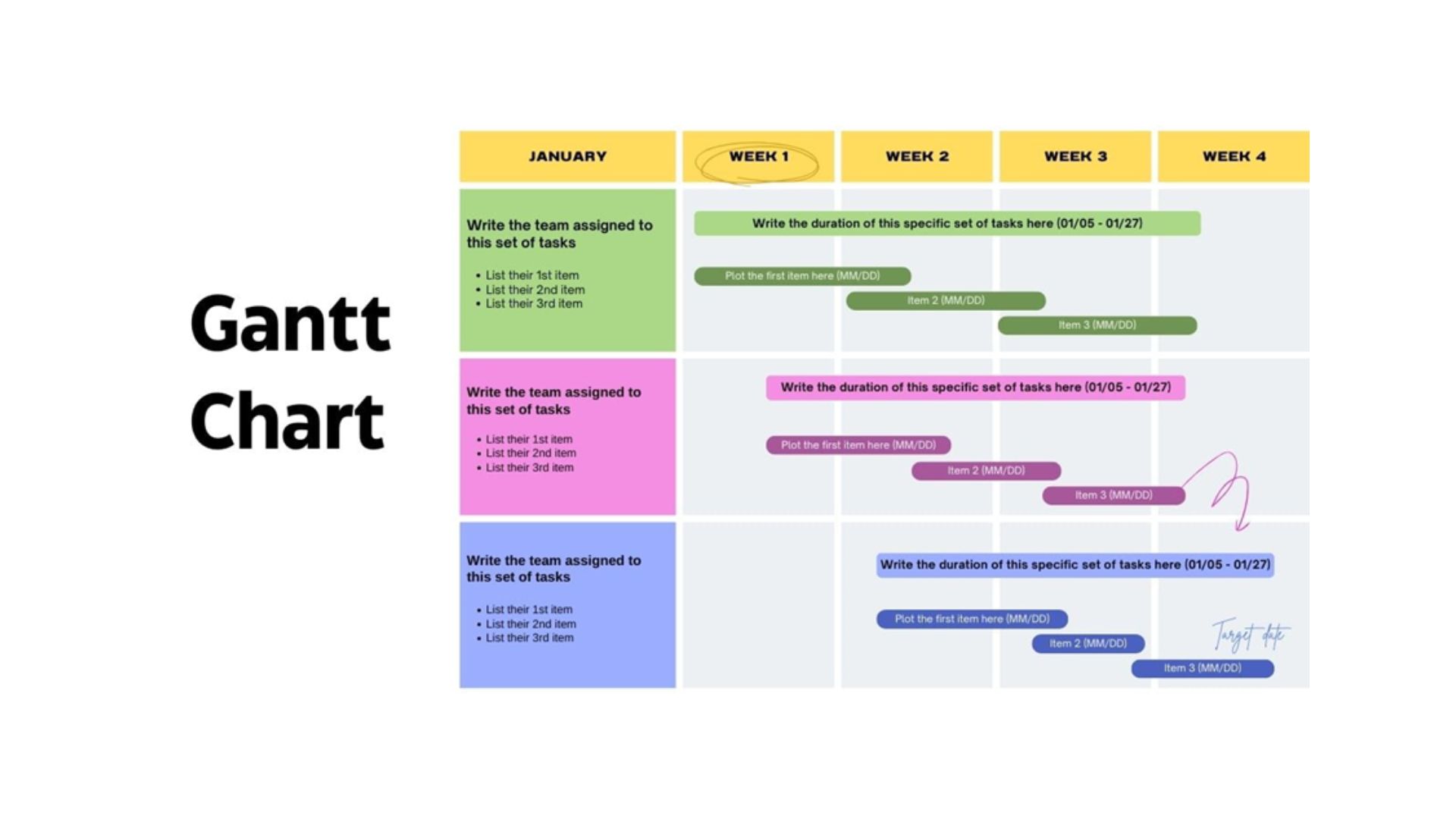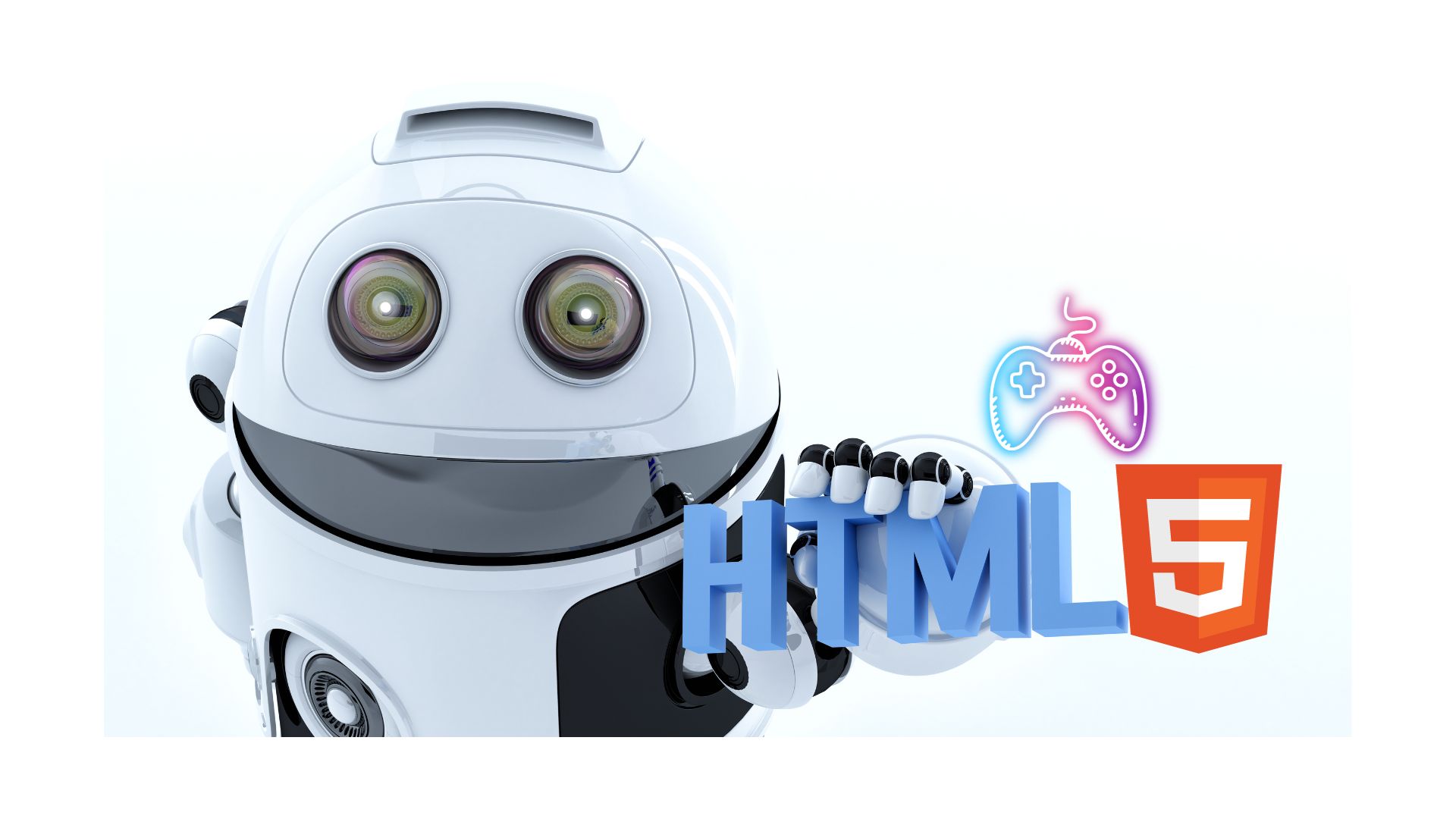10 Data Analytics Predictions for 2016
WHAT WE HAVE ON THIS PAGE
The last few years have seen some big changes in data analytics, with companies creating new business models and shaking up existing ones based on increasingly sophisticated uses of data. For example, health insurer Humana has made analytics the centerpiece of its clinical operations and customer relations efforts. It uses predictive analytics models to identify members who would benefit from regular contact with clinical professionals, helping them coordinate care and making needed lifestyle changes.
Not surprisingly, then, when we asked several data experts for their outlooks on data analytics for the coming year, we got some pretty interesting insights.
Changes in Self-Service Data Analytics
Despite investments in Hadoop, data warehouses and marts and self-service visualization products, enterprises will continue to struggle with satisfying the analytical requirements of everyday business users and analysts, said Satyen Sangani, CEO and co-founder of information management startup Alation. Challenges include data literacy, time to discovering the insight, data availability and data quality.
“A variety of tools will come in to the self-service mainstream, including data catalogs to help people discover data, data preparation tools to help people manipulate data and advanced analytical packages to help people leverage the power of data for discovery and prediction,” Sangani said.
Data Infrastructure Consolidation
Sangani predicts that data infrastructure players will consolidate further in 2016, with deep-pocketed enterprise software giants like Oracle and Microsoft acquiring cash-poor data companies, to add new accretive growth streams. “Keep an eye on companies with price-to-sales ratios of less than five as potential targets for this year’s buys,” he said.
Public Cloud Platforms Gaining Momentum
With the success of Amazon Web Services (AWS), Google Cloud and others, it’s clear that many companies are now comfortable storing their data and building data-driven applications on public cloud platforms, said Manish Sood, CEO and founder of data management company Reltio. “While some industries remained cautious, the cost and elasticity benefits cannot be ignored,” he said. “AWS’s recent announcement of Quicksight is yet another example set to potentially disrupt the multi-billion dollar BI and analytics market.”
Hadoop Will Get Thrown for a Loop
While interest in 10-year-old open source technology Hadoop remains strong and usage is maturing, there are lots of new options that either complement or provide an alternative to Hadoop for Big Data processing, said Sood. “The rapid ascension of Apache Spark and Apache Drill are examples. We’ll continue to see more options in the New Year,” he noted.
Spark will reinvigorate Hadoop, said Monte Zweben, co-founder and CEO of Splice Machine, a provider of relational database management system (RDBMS) technology. He predicts that in 2016, nine out of every 10 projects on Hadoop will involve the use of Spark. In addition, Spark will “kill” Map Reduce, he said. “Map Reduce is quite esoteric. Its slow, batch nature and high level of complexity can make it unattractive for many enterprises. Spark, because of its speed, is much more natural, mathematical, and convenient for programmers.”
Operational, Analytical Data Systems Team up
While an accepted best practice has been to keep operational and analytic systems separate, in order to prevent analytic workloads from disrupting operational processing, an emerging practice called HTAP (hybrid transaction/analytical processing) will become more accepted this year, said John Schroeder, CEO and co-founder of MapR, a provider of Hadoop technology. Gartner coined the term in 2014 to describe a new generation of data platforms that can perform both online transaction processing (OLTP) and online analytical processing(OLAP) without requiring data duplication.
“In 2016, we will see converged approaches become mainstream as leading companies reap the benefits of combining production workloads with analytics to adjust quickly to changing customer preferences, competitive pressures and business conditions,” Schroeder said. “This convergence speeds the ‘data to action’ cycle for organizations and removes the time lag between analytics and business impact.”
Data-driven applications such as LinkedIn and Facebook have for years delivered a single unified contextual experience that combines both analytical relevant insight with operational application execution, said Reltio’s Sood. “The enterprise will see an accelerated adoption of data-driven applications to solve their most pressing challenges,” he said.”
Tagging Data at Source Boosts Big Data Value
Most businesses are still struggling to extract value from the data they gather because they largely look at the data in isolation, said Lasse Andresen, CTO at ForgeRock, a provider of identity and access management software.
“In order to make sense of Big Data, it must be examined within the context it was collected,” Andresen said. “By tagging data at the point of collection with additional contextual information, the value that can be extracted from it across an organization is multiplied significantly. Key factors such as where and when the data was collected or who/what it was collected from are central to understanding data more effectively. Consent, context, identity and security data points will all significantly boost the value of Big Data exponentially.”

Public relations, digital marketing, journalism, copywriting. I have done it all so I am able to communicate any information in a professional manner. Recent work includes creating compelling digital content, and applying SEO strategies to increase website performance. I am a skilled copy editor who can manage budgets and people.

